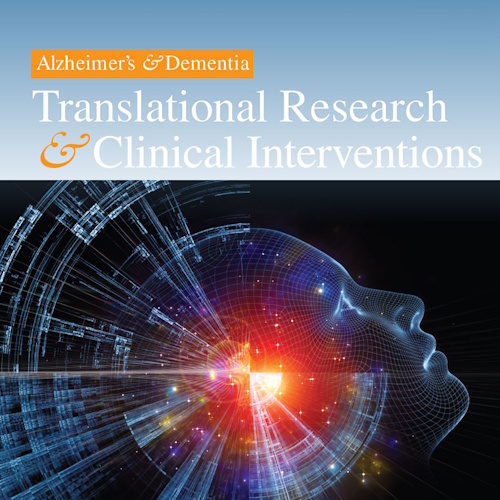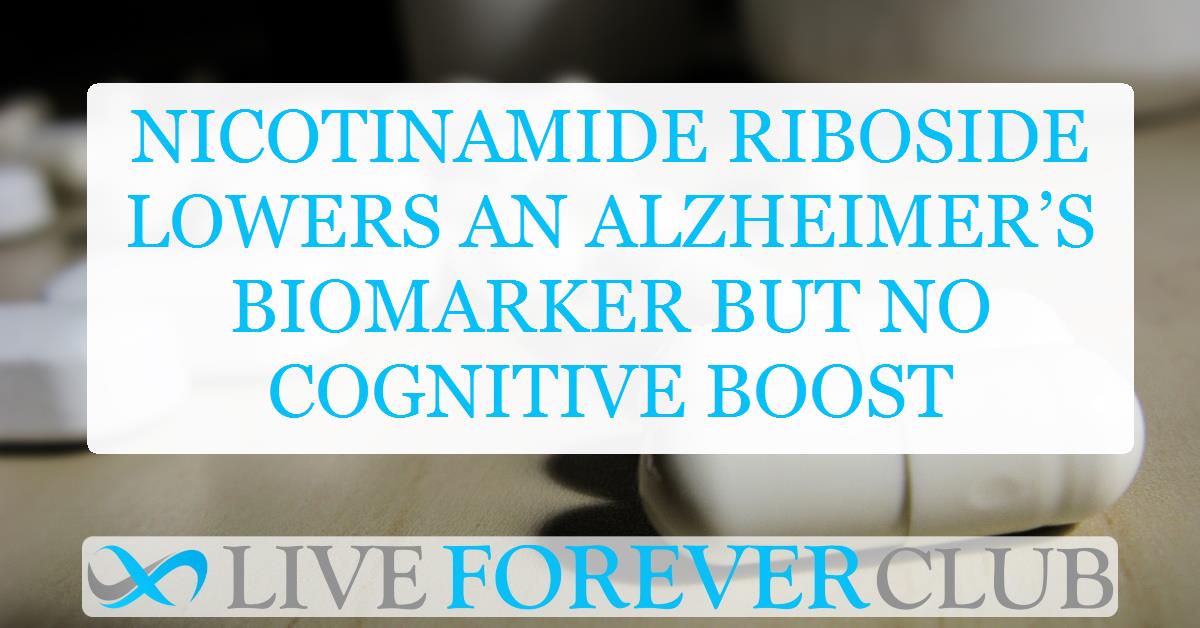As people age, cognitive decline becomes a growing concern, particularly for those experiencing subjective cognitive decline (SCD) or mild cognitive impairment (MCI). These conditions often precede Alzheimer’s disease and related dementias (ADRDs), making early intervention critical. One promising area of research focuses on nicotinamide adenine dinucleotide (NAD+), a molecule vital for cellular energy and repair. NAD+ levels naturally drop with age, contributing to metabolic and neurodegenerative issues.
Nicotinamide riboside (NR), a NAD+ precursor, has shown potential in animal studies to improve brain health. A recent study investigated whether NR supplementation could benefit older adults with SCD or MCI.
The Crossover Trial
The trial involved 46 participants aged 55+ with SCD or MCI, split into two groups. One group received NR (1g/day) for eight weeks followed by a placebo, while the other group followed the reverse order. This crossover design allowed researchers to compare both group differences and individual responses. Key outcomes included cognitive tests, plasma biomarkers like phosphorylated tau 217 (pTau²¹⁷), and physical activity metrics. The goal was to assess safety, cognitive effects, and changes in Alzheimer’s-related biomarkers.
Participants underwent cognitive assessments using the Repeatable Battery for the Assessment of Neuropsychological Status (RBANS) and digital games via Lumosity. Blood samples tracked biomarkers, and wearable devices monitored daily step counts. The study also included a placebo lead-in period to establish baseline measurements.
Safety First: NR’s Tolerability in Older Adults
The trial confirmed that NR supplementation was safe and well-tolerated. Only three serious adverse events occurred, none directly linked to NR. Common side effects were mild, including headaches and skin irritation from wearables. Compliance rates exceeded 90%, indicating participants adhered well to the regimen. These findings align with previous studies, reinforcing NR’s safety profile in older populations.
Cognitive Outcomes: No Clear Benefit from NR
Despite hopes that NR might boost cognition, the study found no significant improvements. Both the RBANS scores and Lumosity gameplay results showed no differences between NR and placebo phases. A temporary uptick in attention scores for the placebo group initially appeared but vanished after adjusting for factors like age and education. Digital cognitive games, while innovative, failed to detect meaningful changes, possibly due to practice effects or insensitivity to short-term shifts.
These results contrast with some animal studies but mirror earlier human trials where NR raised NAD+ levels without improving cognition. The authors suggest longer intervention periods or more sensitive cognitive tests might be needed to uncover subtle benefits.
Biomarker Breakthrough: Lowering pTau217 Levels
The most compelling finding was NR’s impact on pTau²¹⁷, a key Alzheimer’s biomarker. Between-group analysis revealed a 7% reduction in pTau²¹⁷ with NR versus an 18% increase with placebo. Within individuals, NR correlated with a 3% decrease compared to a 17% rise during placebo phases. This suggests NR might slow tau pathology, a hallmark of Alzheimer’s. However, other biomarkers like GFAP and NfL remained unchanged, highlighting the need to explore NR’s specific mechanisms.
Physical Activity: A Surprising Uptick in Steps
While cognitive scores stagnated, step counts told a different story. Participants took 11% more steps during NR phases compared to a 4% decline with placebo. Though not a primary focus, this hints at NR’s potential to enhance physical energy or motivation. However, the small sample size and short duration warrant caution. Future studies could examine whether increased activity indirectly supports brain health over time.
Study Limitations and Future Directions
The trial’s short duration (eight weeks per phase) and limited sample size (37 completers) restrict broader conclusions. Biomarker changes, while promising, require validation in larger, longer studies. Additionally, the crossover design risks carryover effects, though an eight-week washout period minimized this concern. The authors call for research combining NR with other biomarkers, such as amyloid-beta ratios or inflammatory markers, to clarify its role in Alzheimer’s progression.
Understanding NR’s Potential
This study highlights NR’s safety and its intriguing effect on pTau²¹⁷, offering a glimmer of hope for Alzheimer’s prevention. While cognitive benefits remain elusive, the biomarker findings justify deeper exploration. Longer trials with diverse populations and advanced metrics could determine whether NR truly alters the trajectory of neurodegenerative diseases. For now, NR stands as a candidate worth watching in the fight against cognitive decline.
The study is published in the journal Alzheimer S & Dementia Translational Research & Clinical Interventions. It was carried out by Chao-Yi Wu and team from Harvard Medical School.







